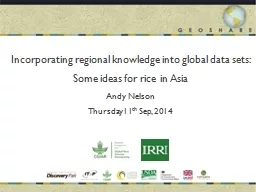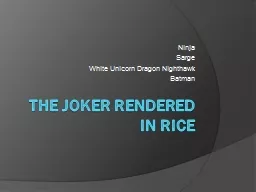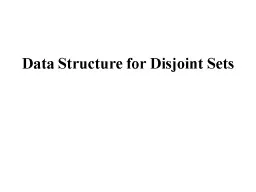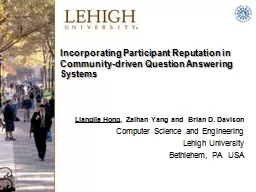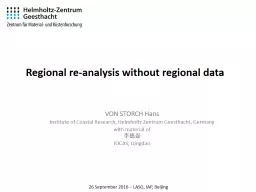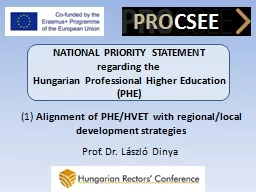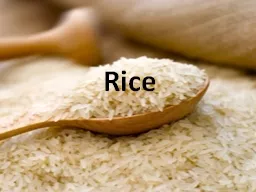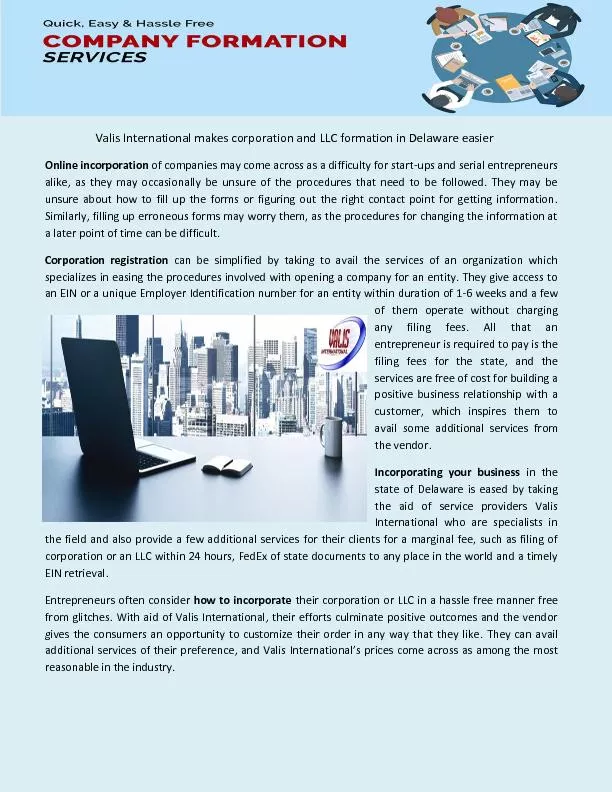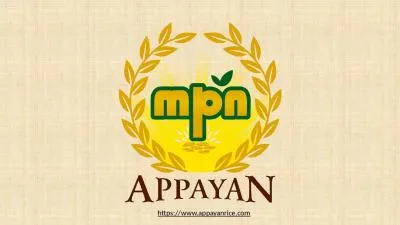PPT-Incorporating regional knowledge into global data sets: Some ideas for rice
Author : medshair | Published Date : 2020-08-05
in Asia Andy Nelson Thursday11 th Sep 2014 Do we need better data yes Regional and global modelling efforts need a ccurate information on the where and when
Presentation Embed Code
Download Presentation
Download Presentation The PPT/PDF document "Incorporating regional knowledge into gl..." is the property of its rightful owner. Permission is granted to download and print the materials on this website for personal, non-commercial use only, and to display it on your personal computer provided you do not modify the materials and that you retain all copyright notices contained in the materials. By downloading content from our website, you accept the terms of this agreement.
Incorporating regional knowledge into global data sets: Some ideas for rice: Transcript
Download Rules Of Document
"Incorporating regional knowledge into global data sets: Some ideas for rice"The content belongs to its owner. You may download and print it for personal use, without modification, and keep all copyright notices. By downloading, you agree to these terms.
Related Documents

